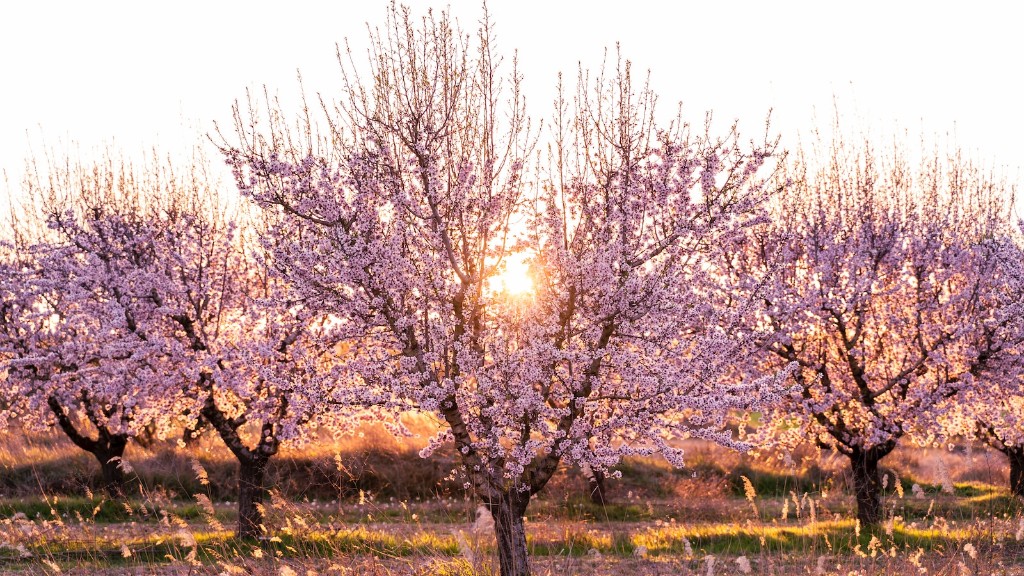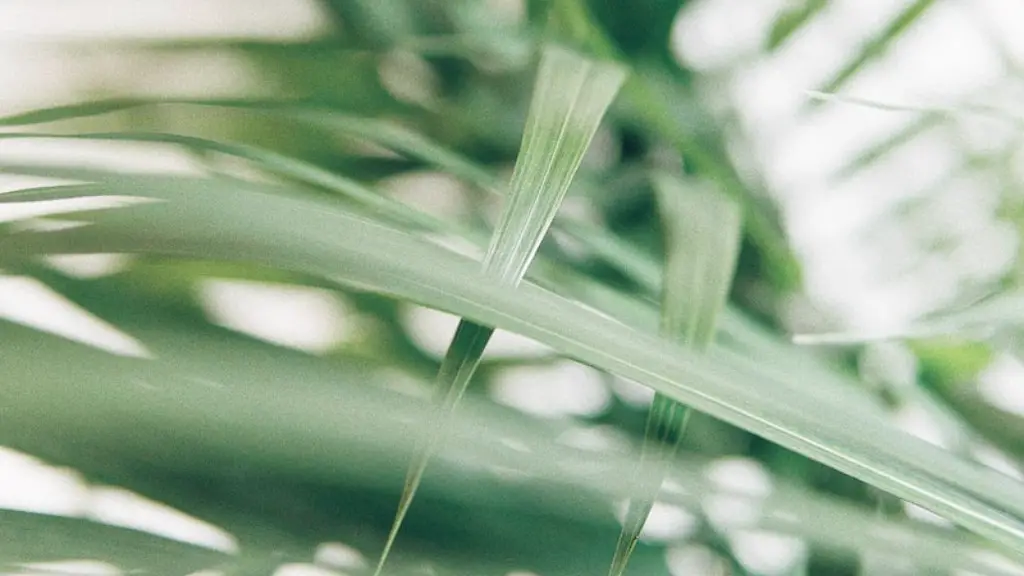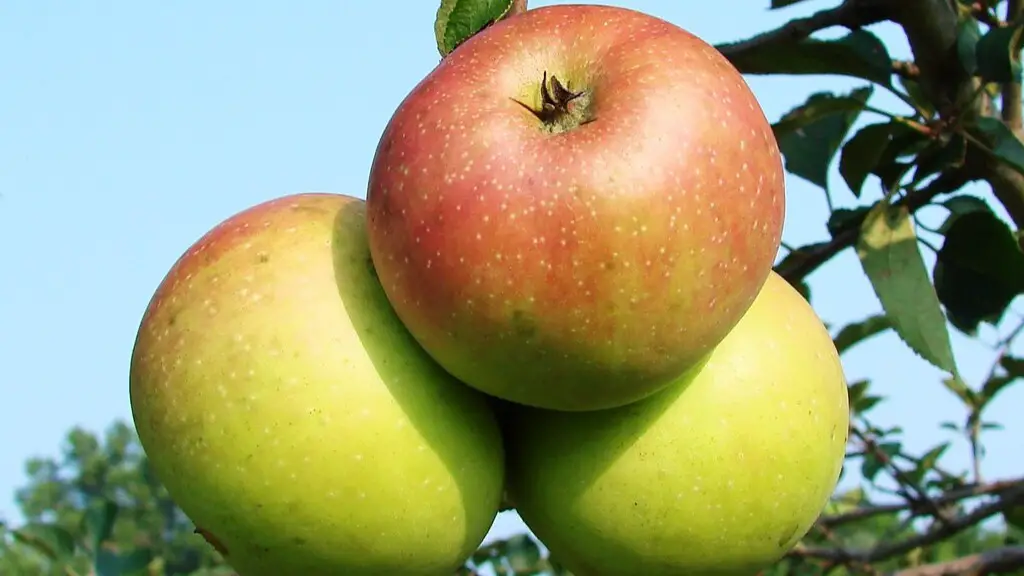Caring for potted lemon trees during the winter months can be tricky. With the right care and attention, however, these plants can still thrive in the colder months. To ensure your potted lemon tree is healthy throughout the winter, there are a few key things to do. Containers should be insulated, watered regularly as needed, and protected from frost. Additionally, some supplemental lighting should be used to extend the day length and encourage occasional flowering. With these measures, your potted lemon tree can be safely taken through winter.
Insulate Containers
When outdoors in cold climates, it is necessary to insulate containers to protect the roots of potted lemon trees. Adding one to two inches of mulch can help protect the root system of your lemon tree from cold winter weather. This can be either straw, hay, pine needles or other material. Make sure to leave some space between the soil and the mulch so that water can still drain through.
Also, when temperatures drop, any exposed parts of the containers should be wrapped. For example, containers can be covered with bubble wrap, thick foam, or newspaper for extra insulation. This will help to prevent the cold air from penetrating the pot and damaging the roots of your plants.
Water Regularly
Another important component of caring for a potted lemon tree during winter is regularly and deeply watering the soil. The soil should be saturated but not waterlogged. Overwatering a lemon tree can cause root rot, so it is important to take care when watering. If the soil is dry up to an inch in depth, it is time to water your plant.
During the winter months when the days are shorter, a lemon tree may need less water than in the warmer months. To prevent damage to the plant, keep an eye on the weather conditions and look out for dry soil before watering.
Protect From Frost
Once the temperatures start to dip below freezing, take your potted lemon tree indoors for the winter. Keeping your plant inside during the winter months will help protect it from frost. The ideal temperature for a potted lemon tree is 65°F-85°F, so it should not be kept in a place that is too cold or too warm.
When searching for a suitable indoor location, make sure it is close to a window that receives a lot of natural light throughout the day. Not only will this provide additional light for the plant, but it will also help to regulate the temperature in the room. Additionally, make sure to keep your potted lemon tree away from any heating vents, which can cause the air to become too dry and damage the leaves.
Supplemental Lighting
To enable a potted lemon tree to survive the winter months, supplemental lighting may need to be used. During this time of year, the days become shorter and often lack enough sunlight for optimal growth. By using artificial lighting, you can extend the day length and encourage the tree to bloom again, even during the winter months.
The ideal lighting for your potted lemon tree during winter should be near the spectrum of natural sunlight. White bright LEDs or fluorescent light tubes are best for this, but full-spectrum LEDs can also be used. When deciding on how long and often to use lighting, it is best to follow your plant’s natural light cycle.
Fertilizing
Fertilizing during the winter months is not necessary for potted lemon trees. However, once the warmer weather comes, you can use a balanced fertilizer, such as a 10-10-10, to help promote new growth. When fertilizing, make sure to read and follow the directions on the label and only use the recommended amount of fertilizer.
Applying too much fertilizer can damage your potted lemon tree, so it is important to take care when fertilizing. Additionally, it is best to fertilize your lemon tree during spring and early summer for optimal results. This will help to ensure that your potted lemon tree can survive through the winter and enjoy a healthy, productive growing season.
Check Soil pH
A potted lemon tree’s soil should have a pH that is between 6.0 and 7.0. If the soil is too acidic, it can interfere with the trees ability to absorb essential nutrients. For this reason, it is important to check the pH of your potted lemon trees soil on a regular basis. A simple soil testing kit can be used to do this.
If the soil test reveals that the pH is below 6.0, a light application of lime fertilizer can be used to raise it up to the optimal level. Again, it is best to follow the directions on the label and use the recommended amount of fertilizer. Additionally, it is important to check the soil pH again a few weeks after fertilizing to ensure it is at the right level.
Mulching
Mulching can be another way to protect a potted lemon tree during the winter months. Mulch can help insulate the soil and keep it from freezing during cold temperatures. Additionally, mulch helps to retain moisture in the soil and can also reduce the amount of weeds that compete for resources. When applying mulch, make sure to keep it loose and away from the trunk of the tree.
Organic mulch is usually best for potted lemon trees. Options like wood chips, compost, pine needles, or shredded bark can all work. Additionally, inorganic mulch such as gravel or stones can be used if no organic mulch is available.
Staking
When a potted lemon tree is very young, it may need to be staked to help it stay in a vertical position. Stakes should be placed around the edge of the container and should be tall enough to support the height of the tree. When installing the stakes, make sure to use an appropriate material like metal or wood that is strong enough to support the weight of the tree.
When staking a potted lemon tree, it is important to remember that the stakes should not be too tight or too loose. If the stakes are too tight, it can cause damage to the roots of the tree. And if the stakes are too loose, the tree will not be supported properly.
Pruning
Pruning is an essential part of caring for a potted lemon tree. Pruning can help the tree form a more structured shape, as well as promote better growth within the tree. During winter, only dead, damaged or diseased branches should be removed, as these have no value to the tree. When pruning, always make sure to use a sharp tool and avoid cutting healthy branches.
Also, it is important to remember that a potted lemon tree should only be pruned once a year. Pruning too often can reduce the number of flowers and fruits that the tree produces. It is best to prune your lemon tree in early spring once the temperatures begin to warm up. This will help to ensure that the tree is well-maintained and can produce a good harvest throughout the season.



